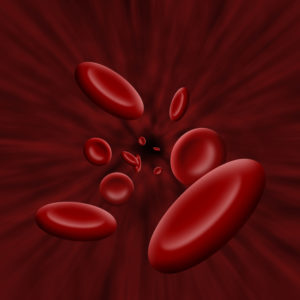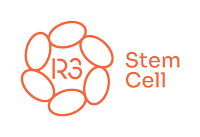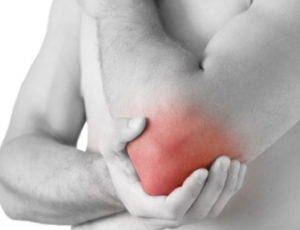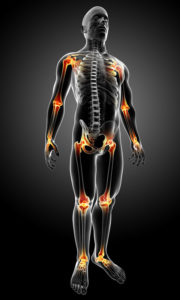FAQs on Platelet Rich Plasma Therapy with R3 Stem Cell Centers

Platelet-rich plasma therapy (PRP) is used for the treatment of many sports-related injuries and musculoskeletal conditions.
This involves administration of PRP to help heal muscles, tendons and ligaments in Houston.



